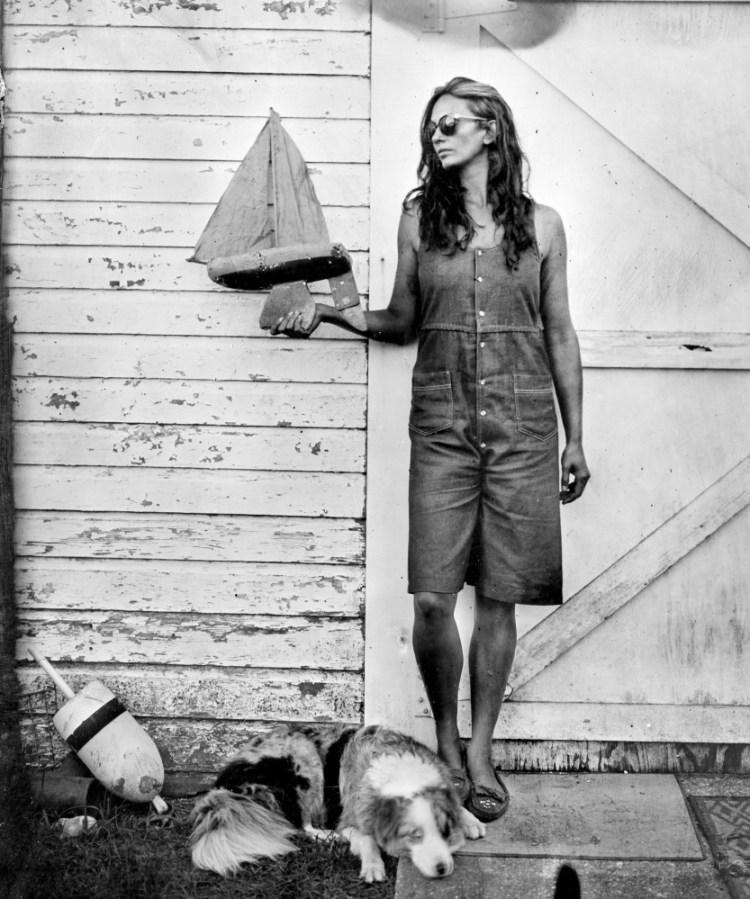Cole Caswell’s subjects at the Common Ground Country Fair wear modern clothing, and sometimes they smile, but otherwise their tintype portraits look as if they had just stepped out of the 19th century.
Caswell, an artist and photographer, runs a tintype photo booth every year at the fair where people can have their portraits taken – with or without some odd props (bones, chainsaws, pitchforks, a jar of bugs) – and then watch and learn as the picture is processed right in front of them.
“I like to think of the Common Ground Fair booth as an art project,” Caswell said. “It’s this collection of rural portraits of the people of Maine.”
Caswell has been making tintypes for about 10 years. Because it’s a complicated process – one portrait takes 30 steps – getting good at it takes time and repetition. So a couple of years after Caswell learned the craft, he took to the streets of Portland both to make a little extra money and get some practice.
Why the interest? “The process that makes a tintype, called wet plate collodian, was the first moment in the history of photography when communities could afford a portrait,” Caswell said. “So photography came to the common person. It was also a moment in history when the photograph was able to go exploring and be used to document far-away places. And I was really interested in exploring unknown places and adding this historic tool into my abilities as a contemporary artist.”
At the Common Ground Country Fair, held in Unity this year from September 22 to 24, Caswell sets up what he calls “an explorers’ shack” that “carries all these weird objects of curiosity” that people can use as props in their portraits. He gets repeat customers from year to year. Each 4X5 portrait costs $40.
The tintype process uses chemicals, but Caswell says most are either used up in the process or they can be re-used later.
Caswell enjoys answering fairgoers’ questions and will talk people through the process, if they’re interested. He particularly enjoys Friday, when school groups come to the fair. He sells fewer portraits, he said, but it’s fun to explain tintype photography to the students.
“I’m not super interested in the re-creation of history, but I am interested in a slipping of history and this idea of moving between spaces,” he said. “The tintype process sees a different spectrum of light than we see with our eye. Everyone looks a little bit different in a tintype, and it’s a really great process and way to share photography with people.”
Caswell also does private sittings, as well as photo booths at weddings, museums and other events. A 5X7 tintype costs $80, and an 8X10 costs $180. See samples of his work at agno3lab.com
Send questions/comments to the editors.




Comments are no longer available on this story